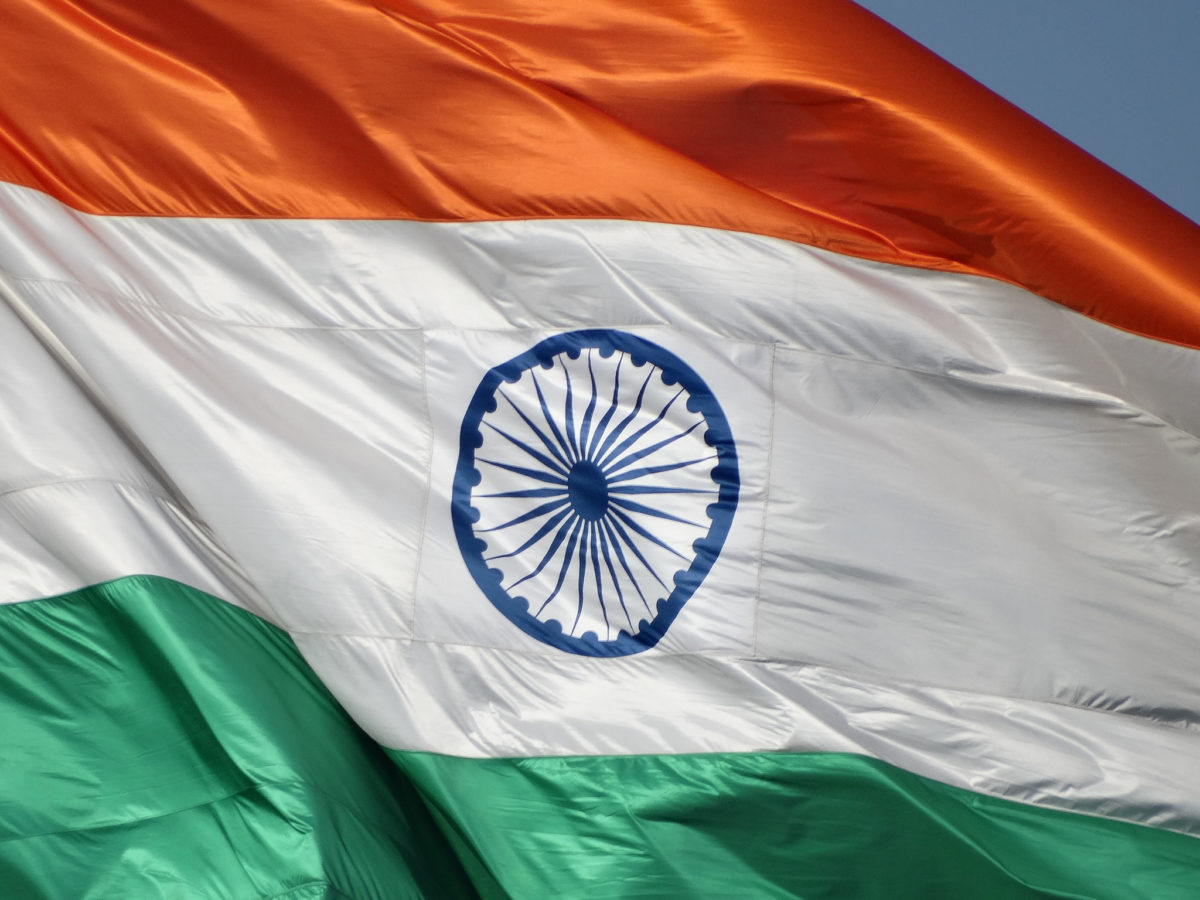London-based Ernst & Young has once again crowned India as the most attractive destination for PV investment in its latest Renewable Energy Country Attractiveness Index (RECAI). The country scored 62.9, compared to its nearest rival China’s 61.6, and the United States’ 58.5.
Germany, Australia, Israel, France, Egypt, Spain, and Brazil, in that order, completed EY’s top 10 for PV investment.
For overall renewables investment, the United States retained the top position. Among different RE technologies, it had almost 360 GW of solar and 258 GW of standalone battery storage in queues. Germany overtook China in the Index, targeting 80% renewables in its power mix by 2030.
India moved up to sixth place in the renewables index as it strives to become a major producer and exporter of green hydrogen.
India’s renewables industry, in particular solar, is already rising driven by ambitious government targets and private-sector actions. The nation targets 500 GW of renewables capacity by 2030 (including around 280 GW from solar) and net-zero greenhouse gas emissions by 2070. Meanwhile, under its National Green Hydrogen Mission — which has an initial outlay of $2.4 billion — India is targeting the production of five million metric tonnes of green hydrogen by 2030.
Expansion of the green hydrogen industry is expected to drive demand for the renewable energy that it requires for production.
“India has the fastest rate of renewable electricity growth of any major economy, with new capacity additions on track to double between the start of 2022 and 2026. As of February 2023, renewables accounted for around 42.5% of India’s installed power generation capacity,” EY quoted from a report by International Energy Agency.
India is also promoting domestic manufacturing of components like PV cells and modules with incentives to meet its RE goals. As of early 2023, the nation reached a cell and module manufacturing capacity of around 44 GW per year.
“India is making significant efforts to establish itself as an attractive and investible market for renewable energy,” said Somesh Kumar, EY India Power & Utilities Leader. “The Indian government has been implementing various policies and initiatives to promote renewable energy development and attract both domestic and foreign investments.”
“With the increasing adoption of renewable electricity across the private sector and commercial and industrial consumers, intermittency and nonavailability of round-the-clock (RTC) power is a growing concern,” said Kumar. “Pumped hydro storage can play a significant role in ensuring RTC power to consumers.”
The biannual RECAI ranks the world’s top 40 markets on the attractiveness of their renewable energy investment and deployment opportunities. It uses various criteria to compare the attractiveness of renewables markets, such as the magnitude of the development pipeline, that reflect the absolute size of the renewable investment opportunity. The index is normalized with the gross domestic product (GDP) to see which markets are performing above expectations for their economic size.
This content is protected by copyright and may not be reused. If you want to cooperate with us and would like to reuse some of our content, please contact: editors@pv-magazine.com.









By submitting this form you agree to pv magazine using your data for the purposes of publishing your comment.
Your personal data will only be disclosed or otherwise transmitted to third parties for the purposes of spam filtering or if this is necessary for technical maintenance of the website. Any other transfer to third parties will not take place unless this is justified on the basis of applicable data protection regulations or if pv magazine is legally obliged to do so.
You may revoke this consent at any time with effect for the future, in which case your personal data will be deleted immediately. Otherwise, your data will be deleted if pv magazine has processed your request or the purpose of data storage is fulfilled.
Further information on data privacy can be found in our Data Protection Policy.